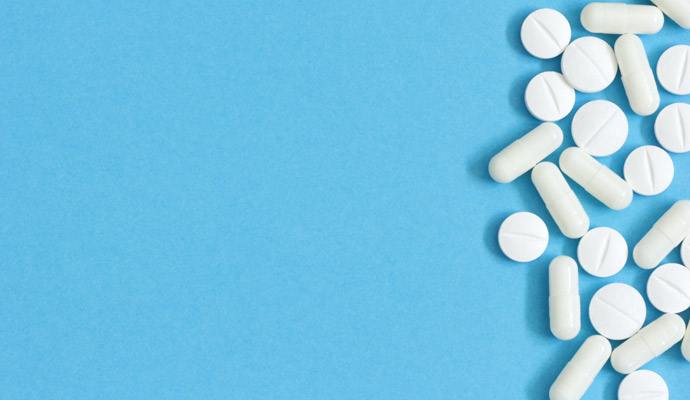US Drug Prices Are 8x the Cost in Peer Countries for Some Drugs
For nine out of ten Medicare-negotiated drug prices, the US still faced higher costs than peer countries even with rebates.

Source: Getty Images
- Despite efforts to reduce drug costs through Medicare negotiation for 10 common medications, the US still pays more for these drugs than almost any other nation, even after factoring in discounts and rebates, according to a Commonwealth Fund chartpack.
The researchers used 2021 data from IQVIA and the Medicare Payment Advisory Commission (MedPAC) to assess how US drug prices differed from international trends. With this information, the researchers compiled 12 charts that situate the drug prices in the United States compared to other countries.
Assessing the 10 drugs that Medicare can negotiate using the Laspeyres price index, the US paid as much as eight times more than other countries. The country with the second-highest price index was Switzerland, but prices in the US were three times as high as Switzerland’s.
MedPAC data indicated that rebates might help lower costs. In some cases, rebates could reduce the price by as much as 50 percent. For six of the ten drugs—including all of the diabetic therapies—rebates slashed prices in half.
For Eliquis, an anticoagulant, the full price in the US amounted to $8.06. In contrast, Switzerland followed with only a $2.56 list retail price per unit. This was still lower than the US estimated net price per unit of $4.11. All the other countries that the researchers examined boasted list retail prices below $2.00.
The story was similar for Enestro, an antihypertensive therapy agent. The US estimated full price was $11.82 and the estimated net price per unit after rebates was $9.57. Switzerland’s list retail price per unit was less than half this cost ($4.51).
Xarelto, an anticoagulant, was an exception to the rule. It was the only drug that had an estimated net price that was higher in another country than it was in the US. In Japan, the list retail price per unit was $12.00, while in the US the estimated US net price per unit after rebates was $7.87. In this case, the US had the second-highest estimated price per unit.
In general, Switzerland had the second-highest prices. But this was not the case for two drugs, not including Xarelto. For Januvia, a diabetic therapy, and Stelara, a disease-modifying antirheumatoid drug, Canada and Germany held the distinction of having the second-highest prices after the US, respectively. The prices in the US were almost three times higher than in Canada.
The price of Stelara was high across all the countries that the researchers assessed. The lowest list retail price per unit was in Australia, where the drug costs $2,430.60. Despite these higher expectations, the US still had the highest price by far. In the US, Stelara costs $12,946.15 after rebates, while in Germany the drug costs $9,223.14.
“While prices for Stelara are high in all countries, significant rebates would be needed in the U.S. to reduce list retail prices to the level of the second-highest country, Germany,” the researchers highlighted.
For the remaining drugs, the US experienced higher prices even with rebates. In some cases, US prices were seven or eight times the cost in the country with the lowest prices.
“Understanding drug pricing and policy in peer countries — where drug use is similar but costs are lower — is important for benchmarking drug affordability going into the negotiation process,” the researchers explained.
Given this context, it is no surprise that lowering drug prices is a key goal for employers and payers in 2024.
